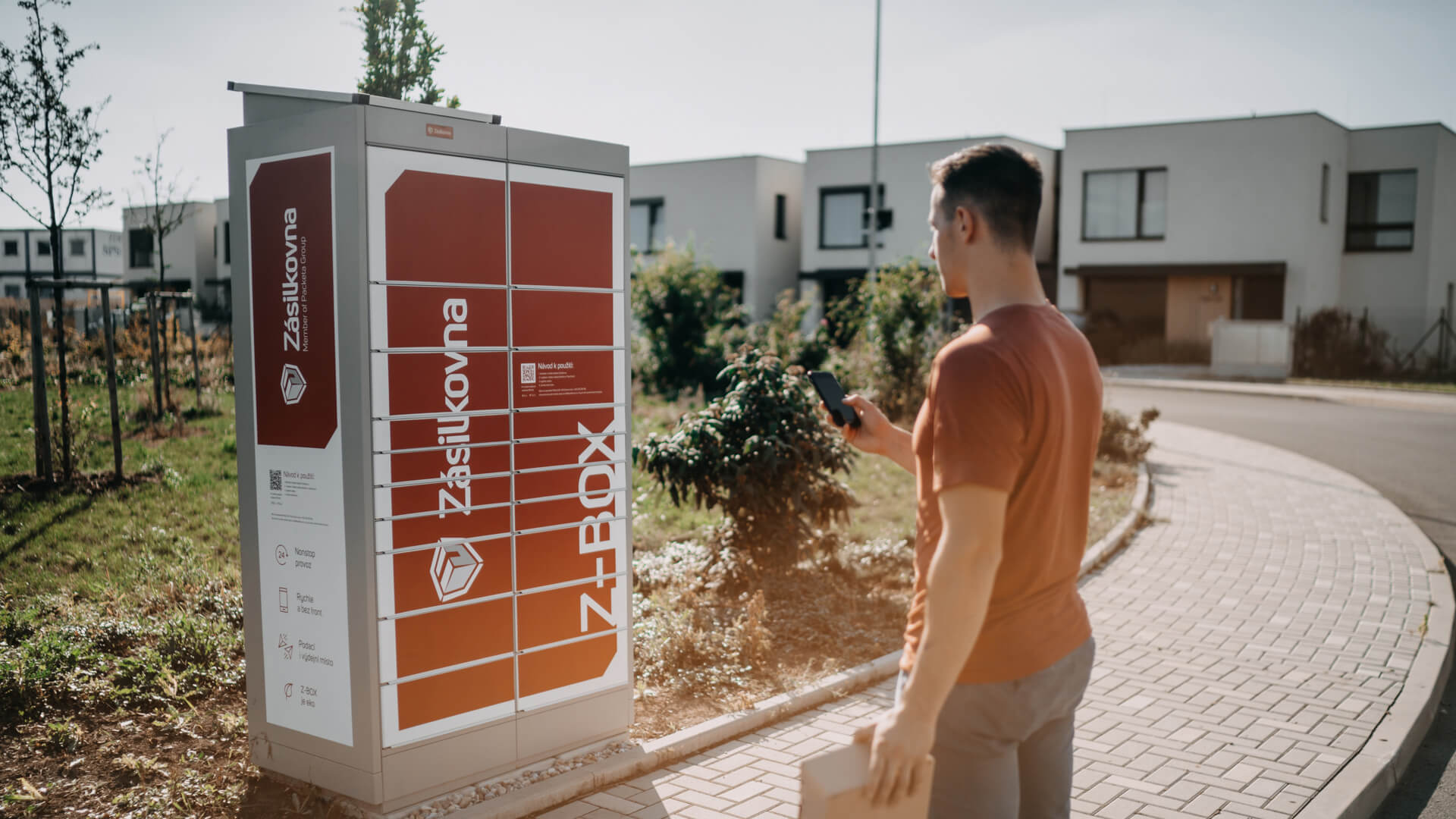Google will retire Universal Analytics in July 2023 and replace it with Google Analytics 4 (GA4), Google's next-generation measurement solution. Universal Analytics will continue to collect data until July 2023, and data will be available for at least six months after that.
With a flexible event-based data model, Google Analytics 4 lets you view consistent user journeys across your website and apps. It uses Google machine learning to bridge gaps in your data with modeled insights and predictive capabilities that you can use to drive better results and grow your business. Because it doesn’t rely solely on cookies, Google Analytics 4 is designed to keep up with the changing ecosystem, so you can gain insights about your customers even when there are gaps in your data.
Setting up Google Analytics 4 on a Shopify store
You can migrate your Universal Analytics TAG to the new Google Analytics 4 TAG. To migrate, you need to do the following:
- Create Google Analytics 4 property
- Add new GA4 property your Shopify store
Below, we will go through all the necessary changes step by step.
Step 1: Create a GA4 property
First you need Google Analytics 4 property To create a Google Analytics account, you must have editor role. If you have the role or permissions, create a Google Analytics 4 property, add to it web data stream and copy Measurement ID to use in the next step.
Step 2: Add GA4 property to your Shopify e-store
Fortunately, Shopify has created an easy-to-use solution for connecting Google Analytics with Shopify.
The following steps will help interface the software with each other:
- Navigate to your Shopify e-store admin environment Online store → Preferences .
- Scroll down to the Google Analytics section and click Manage pixel here.
- If the Google Channel does not exist in the online store, Shopify will now ask you to add it, or click in the top right corner. Add sales channel button. This step can be skipped if Google Channel is already installed.
- Click Connect your Google account in the section Connect button that opens the Google login view. Log in with the Google account that also has access to your GA4 account.
- You will now see the “Google Channel by Shopify wants to access your Google Account” view, click on it Allow button.
- Now choose Select the correct one from the Connect a Google Analytics property section dropdown menu. Property and click Connect button and you're done.
After linking your GA4 property and store, make the following settings, depending on how you previously used Universal Analytics.
- If you used Universal Analytic audiences , heads to transfer target groups to GA4 .
- If you use Universal Analytics to track Google Ads conversions for your Shopify store, you need to Transfer conversion tracking to GA4 .
- If you don't use Universal Analytics audiences and does not track Google Ads conversions, GA4 setup is complete.
Audiences migration to GA4
If you use Universal Analytics audiences , heads to transfer audiences to your GA4 property . When you transfer audiences to Universal Analytics property Google Analytics 4 property , you can identify the same user groups from your Google Analytics 4 data and export those audiences to your linked Google Ads accounts to address the same use cases.
Migrating conversion tracking to GA4
If you are using Universal Analytics to track Google Ads conversions on your Shopify store, you will need to migrate your conversion tracking to GA4. This is because Google Analytics 4 uses Universal Analytics to track conversions. event , not goal or ecommerce report like Universal Analytics did. You can read about GA4 conversion tracking From GA4 Conversion Analytics Page
To migrate conversion tracking to GA4, do the following:
Happy measuring!



